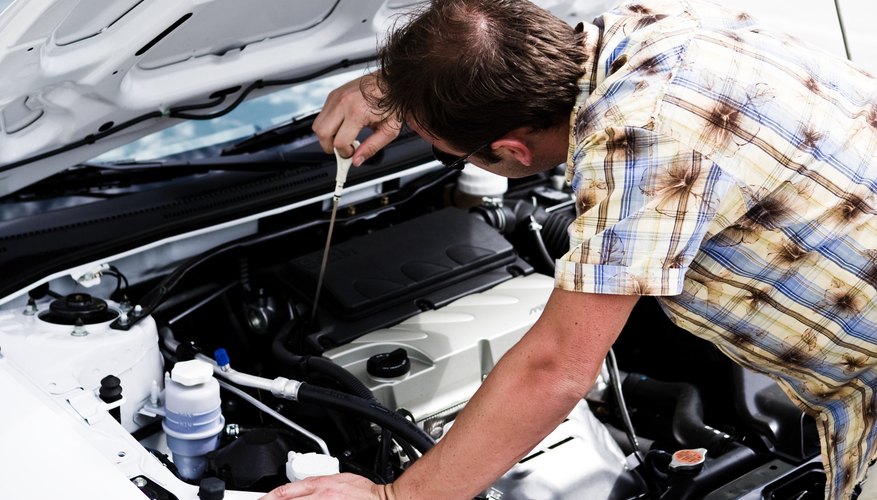White foam on your car’s dipstick or oil filler cap is an unmistakable sign of emulsified oil caused by water contamination. Although oil and water don’t mix easily, most engine oils contain additives, including detergents – and the word “detergent” is just a fancy term for “soap.” Your engine’s valve train and crankcase act like a kitchen blender when the engine is running. This allows water and oil to emulsify and form the milky foam that shows up when you check your engine oil.
Weather
Cold damp air settles on warm engine components during short trips in winter weather, and this causes condensation in the form of microscopic air bubbles. Cold, thick oil tends to trap these bubbles, preventing them from rising and dissipating quickly; your motorised blender does the rest. Although this condition isn’t serious, it still shows up on your oil filler cap as traces of white foam. Avoid this by warming up the engine for a few minutes before driving off on a cold winter’s morning.
- Cold damp air settles on warm engine components during short trips in winter weather, and this causes condensation in the form of microscopic air bubbles.
- Cold, thick oil tends to trap these bubbles, preventing them from rising and dissipating quickly; your motorised blender does the rest.
Gaskets
A blown cylinder head gasket, or even a tiny fissure, will force pressurised water from your cooling system into the cylinders. Although petrol vapour igniting at high temperature vaporises water, combustion only occurs during the fourth piston stroke. This allows enough water to infiltrate the engine oil and cause emulsification during the remaining non-combustion strokes. If you suspect a ruptured head gasket, take your car to a garage and ask them to perform a cylinder pressure test.
- A blown cylinder head gasket, or even a tiny fissure, will force pressurised water from your cooling system into the cylinders.
Cracks
Although cracked engine block or cylinder head are a rare occurrences in modern engines, the tiniest fissure between the walls of your cooling system and an engine oil passage could cause emulsification and lead to catastrophic engine failure.
Cleaning
Hosing your engine down with a motorised high-pressure cleaner – or even a high-pressure trigger spray – is an easy way to force water under a worn oil filler cap seal. Other entry points are under the engine oil dipstick, the power steering fluid filler cap and the transmission dipstick. Avoid this by first loosening dirt with a suitable engine cleaner and a 12 mm paint brush, and then sluicing the engine down with buckets of water or an open-ended low pressure garden hose.
Consequences
Emulsified oil loses its surface tension and viscosity. This causes excessive wear by allowing metal-to-metal contact between moving engine components. If left unchecked, overheating will result, and this could cause your engine to seize up. As soon as you notice white foam under the oil filler cap, or detect white smoke in the form of stem emanating from your exhaust pipe, drive slowly to the nearest garage for a professional diagnosis.
- Emulsified oil loses its surface tension and viscosity.
- If left unchecked, overheating will result, and this could cause your engine to seize up.
